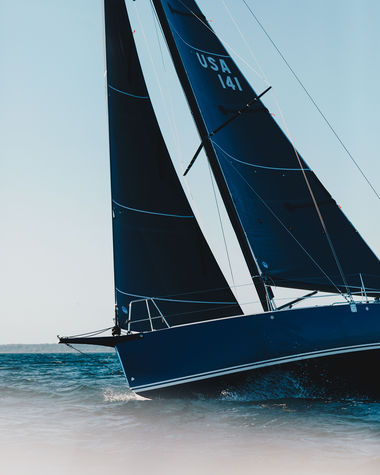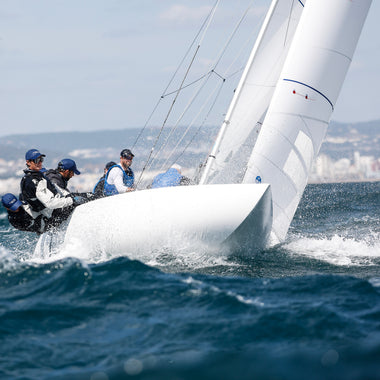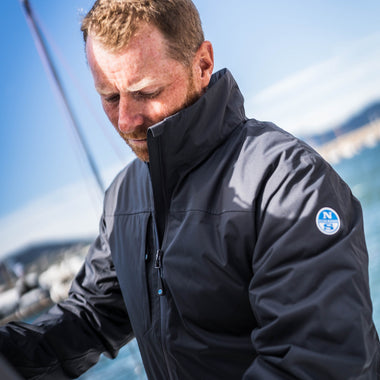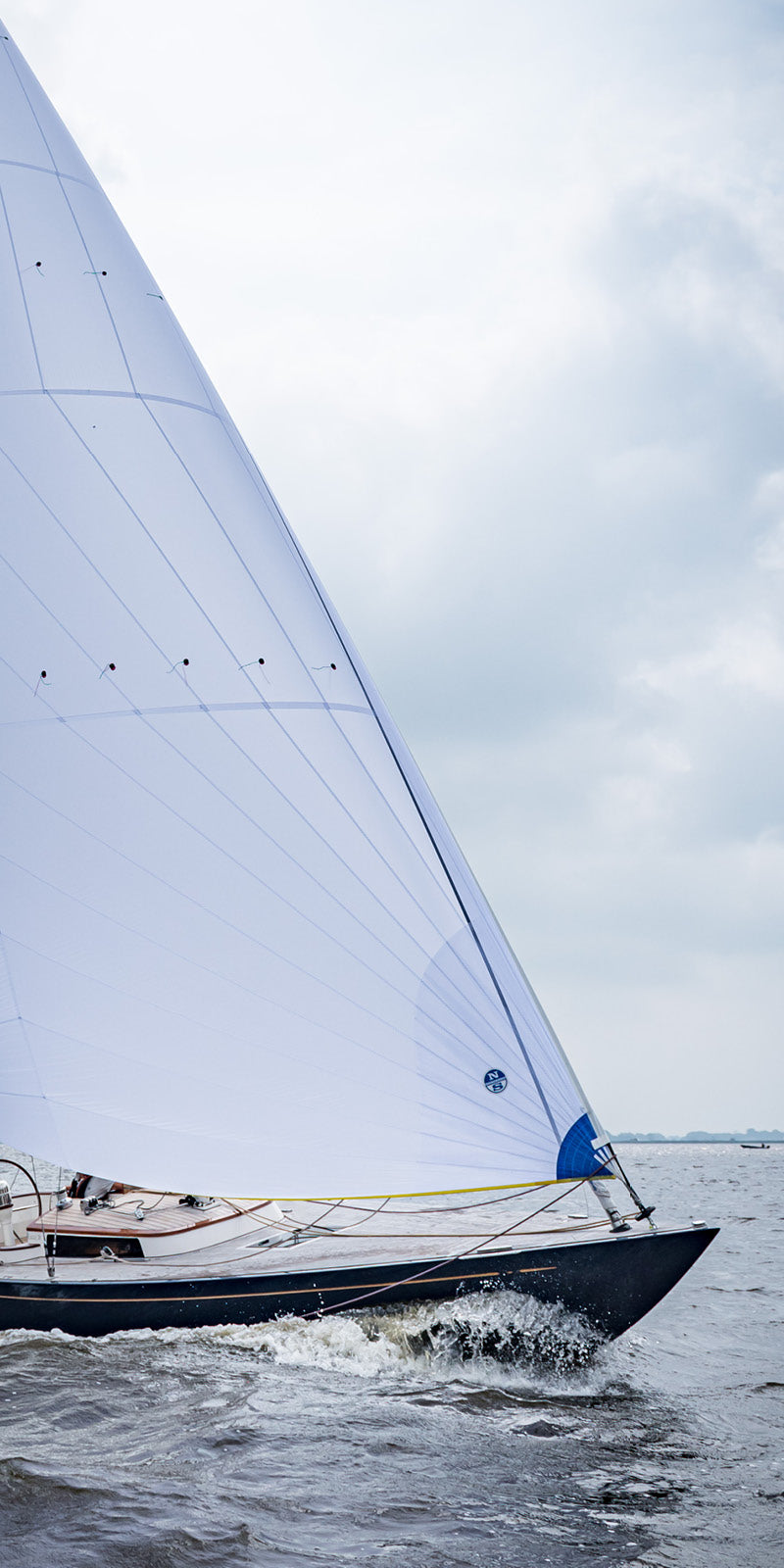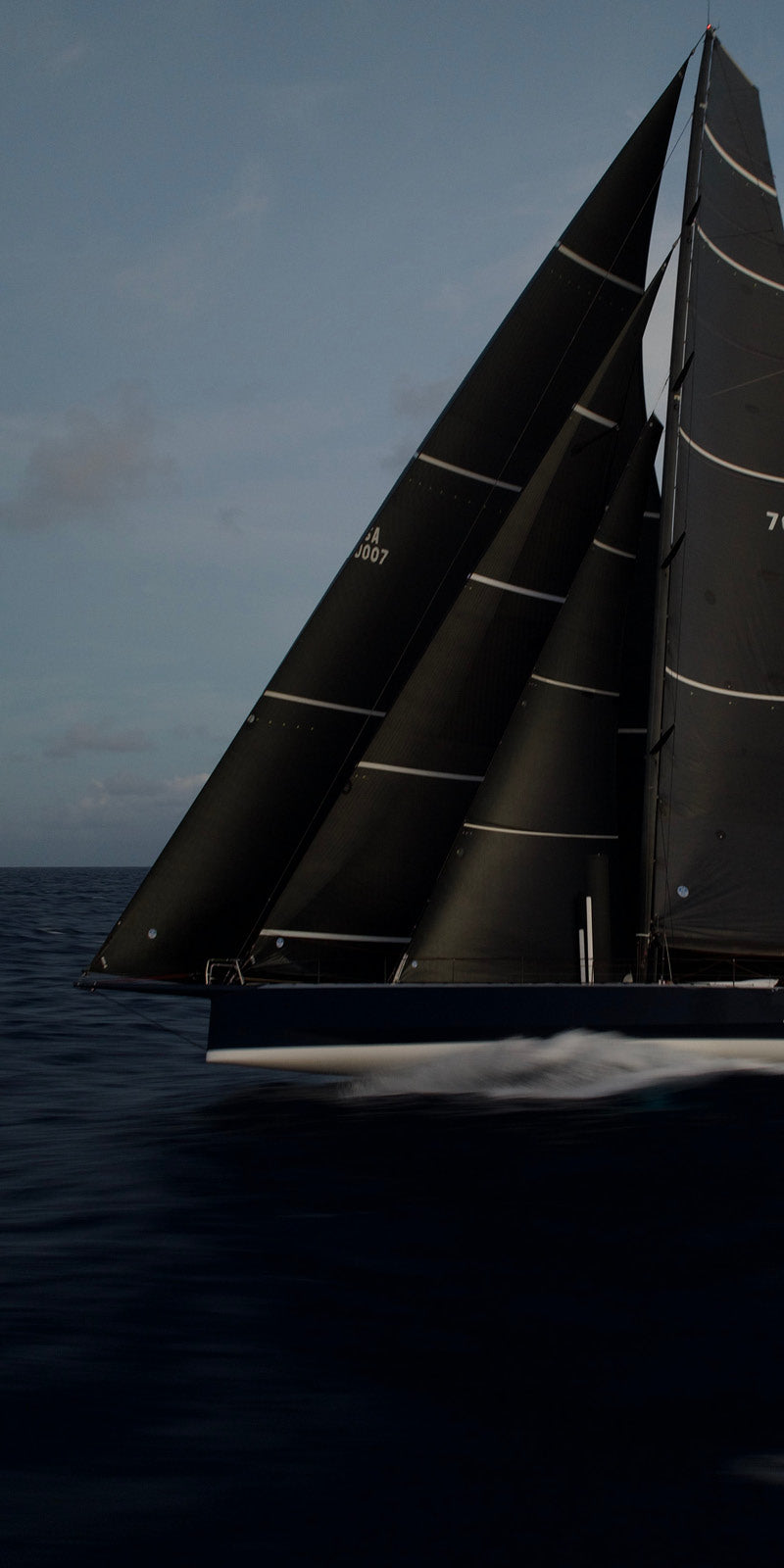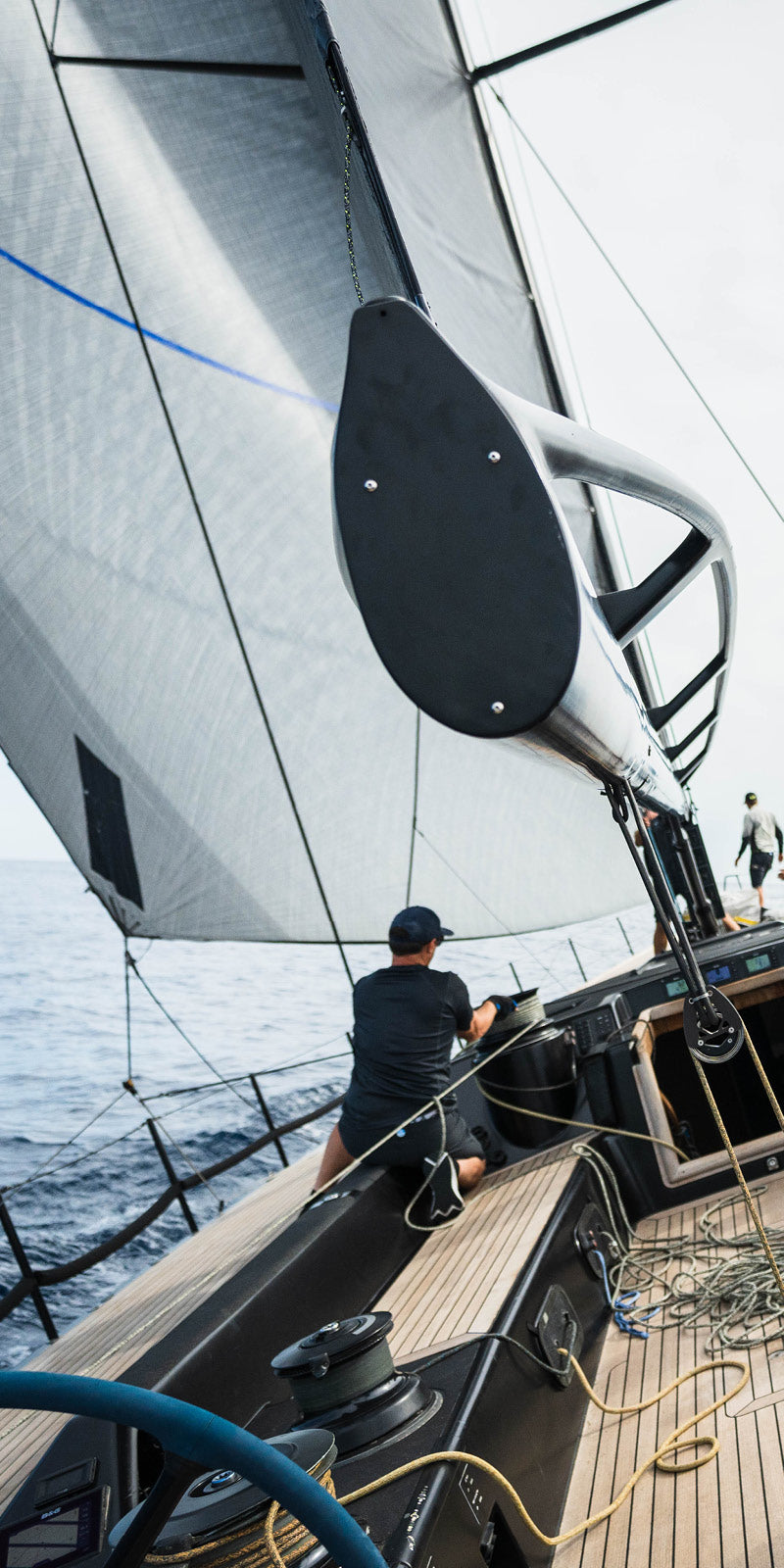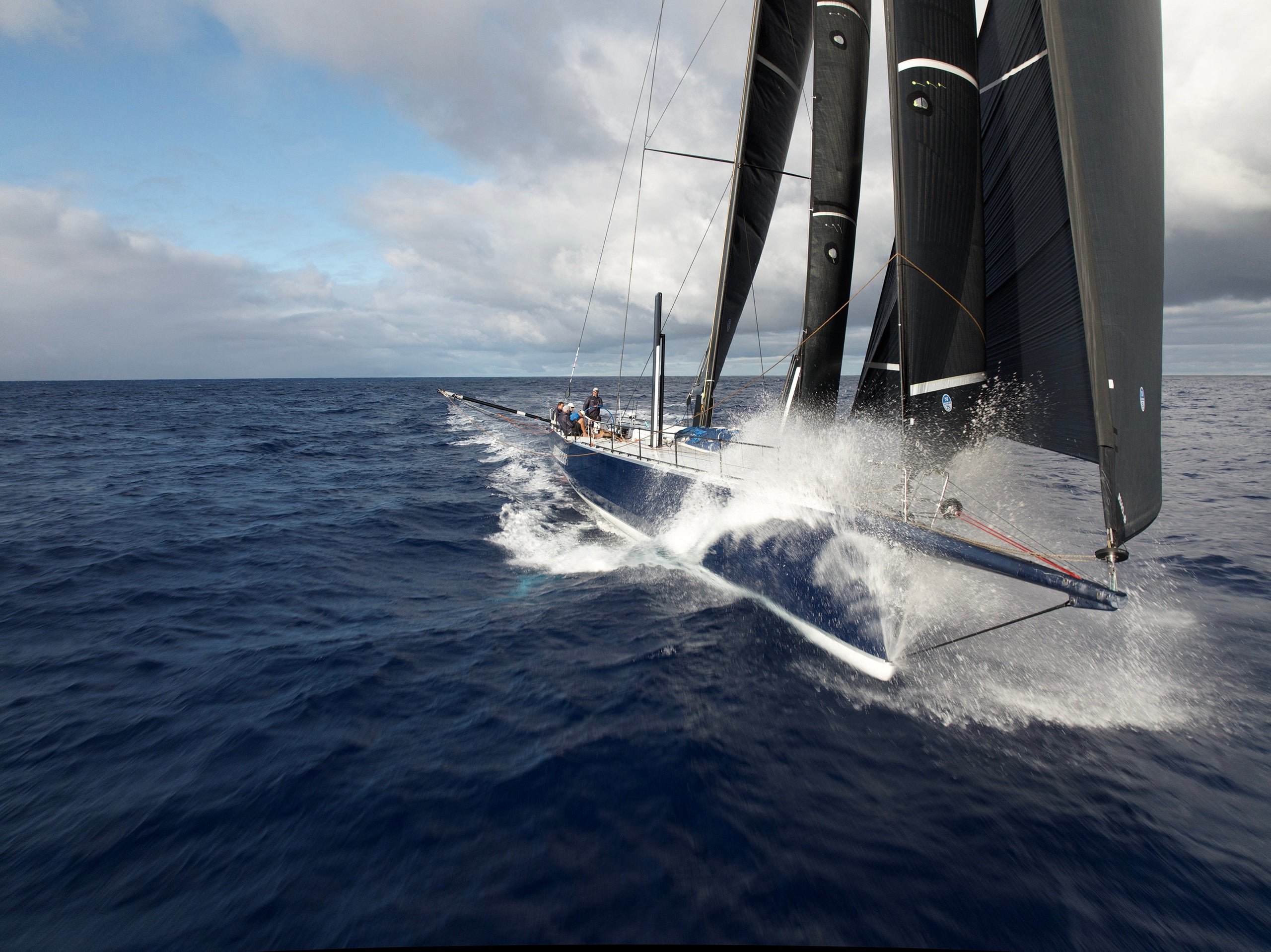
FLYING SAILS 101
FLYING SAILS 101
Around-the-world racing teams developed the Flying Sail concept more than a decade ago, and it has rapidly evolved with sail design and materials, as well as innovations in cables and furling systems. All of this continuous Grand Prix R&D and the many benefits of Flying Sails are now in the hands of cruising sailors, too, made possible with North Sails Helix Structured Luff technology, which gives every Flying Sail a wide range of use and reliability.
Helix technology has also advanced the development of smaller, lighter cables and better furling systems, leading to a sail that's easy to furl and unfurl. And when a sail is easier to use, it logs more hours, more often. More sailing means less motoring and a more enjoyable experience on the water; that's the Flying Sail promise.
FLYING SAILS FOR CRUISING
The Helix Furling Gennaker and Helix Cruising G-Zero are designed for all kinds of offwind sailing for all cruising boats. As gennakers, they're big sails tacked on the centerline and fly much like an asymmetric spinnaker, allowing you to sail lower downwind angles. These sails, often made with colorful lightweight nylon sailcloths, can be easily rolled away using a top-down furling system.
As with all Flying Sails, the Helix Furling Gennaker and Cruising G-Zero require a tight furl top down furl to ensure a controlled unfurl. To achieve a reliable furl every time, tension the cable by firming the halyard or the tack line before you unfurl the sail. Once the sail is flying, release the tension so the load shifts from the cable to the sail. Doing so enables the Helix Luff Structure to assume its designed shape for a stable and powerful sail. Likewise, it's equally important to tension the cable before furling.
Most, if not all, new cruising sailboats have a bowsprit to tack a Flying Sail, but most older boats can still accommodate a Flying Sail as long as there is enough clearance in front of the headstay and at the top of the mast to fit a furling unit.
FLYING SAILS FOR RACING
The primary benefit of a Flying Sail for racing, especially offshore, is the ability to fill gaps in your headsail inventory with sails that allow you to get through light-air transitions and aim for the next mark more effectively. That's Priority No. 1, but there are also efficiencies and minutes to be gained over the course of a long race with faster and easier sail changes. Because Flying Sails are not attached to the forestay, switching between a jib and a Flying Sail is simply a matter of furling or dropping the jib and unrolling the furled sail. Wind changes again? No problem. Furl the Flying Sail and return to the jib while the off-watch enjoys some R&R. Can't decide when to do a sail change? Flying Sails have you covered; hoist the furled sail, put it on the lock, and it's ready when the time comes.
The various handicapping systems used for offshore and inshore racing today treat Flying Sails differently. But regardless of which rating rule you race under, the one constant is that you can't—or shouldn't—cross the starting line without a Flying Sail- especially in any point-to-point or distance race. These are categorized as "Code" sails and are differentiated by their mid-girth measurement, which is the distance between the leech's midpoint to the luff's midpoint. Each Code Sail will have its specific wind range and angle. Each rating rule currently in use will rate these sails differently relative to that mid-girth measurement.
Before working with your North Sails expert to add a Flying Sail to your inventory, define which handicapping system you will race under. Then, our team can help identify the gap in your sail chart and the expected conditions for the race. Your sailmaker can then determine your new Flying Sail's ideal size, shape, and material.
A few considerations exist when adding a Flying Sail to an older boat. Most important is to ensure that the boat and its hardware can accommodate one, especially mast sheaves, halyards, tack fittings, and halyard clutches or locks. Your local North Sails team can provide the loads the sail will generate.
The furling system itself is another critical consideration. Top-down furling systems work by furling the head of the sail first so it can wrap the sailcloth in the mid-girth tightly before furling the bottom. Top-down furling systems are best for nylon Helix Cruising Gennakers, Cruising G-Zeros, the larger Flying Sails, and especially the Code 75. Bottom-furling systems work well for small-girth sails (ie. the Code 65 and below).
TIPS FOR TRIMMING FLYING SAILS
It's easy to over-trim a Flying Sail, especially larger mid-girth sails like the Code 75 and Code 65. One rule of thumb with the Code 75 is to maintain a slight bubble along the luff and sail to the telltales like a normal genoa. The twist is fast with these sails, so keep it tight down low and open up top, being careful not to oversheet. When in doubt, let the sail out until it luffs and trim in until it stops.
CARE AND MAINTENANCE OF FLYING SAILS
Before a new Flying Sail leaves a North Sails loft, we will accurately pre-set the tension between the Helix Luff Structure and the cable. Getting that tension right is essential to Helix working its magic. When the sail is delivered, we will take time to ensure the sail fits properly and place marks on your halyard and tack line for maximum tension (furling and unfurling) and ease tension for flying. When it's time to sail, leave the sail aloft and enjoy the ease of reaching around. As the sail is used over a season, there's usually a bit of tweaking we will do as part of your standard sail care in the offseason to reset the lashing tension between the sail and the cable. When horizontal wrinkles along the luff become visible, that's a sign the sail lashing, compared to the luff cable, needs tension.
UV and flogging are a sail's worst enemies, so while a Flying Sail can be left aloft for extended periods, it's always best to store it in its turtle, below deck, and out of the sun whenever possible. If left aloft, UV protection or a protective cover is essential to extend the life of your new favorite sail. For the offseason, the best way to store any sail is to roll it, and that's the beauty of a Flying Sail on a furling system—it's already rolled. Have your local North Service team check it over, and they'll recommend how best to store it so it's ready to roll for the next season.
FIND YOUR SAIL
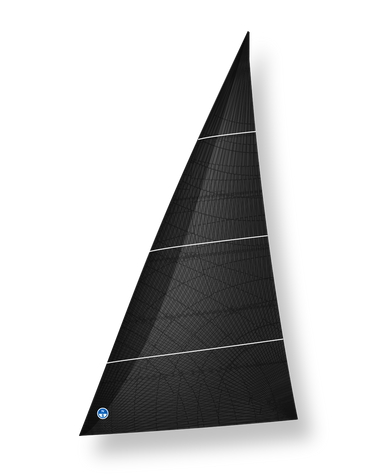
Optimized for 30° AWA
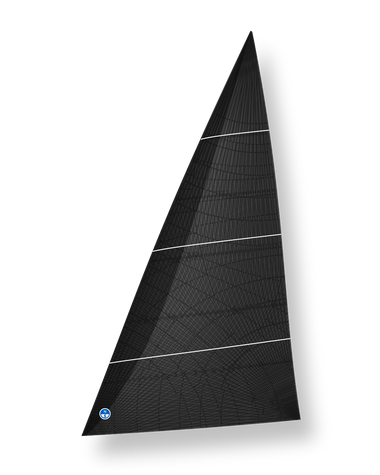

Optimized for 35° AWA
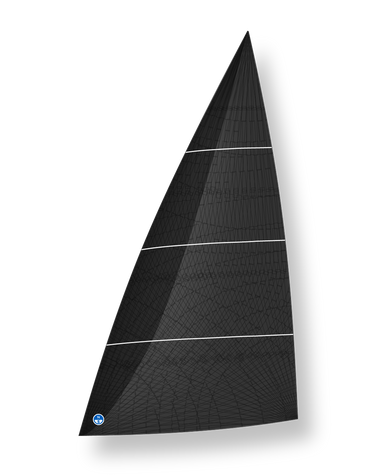

Optimized for 45° AWA
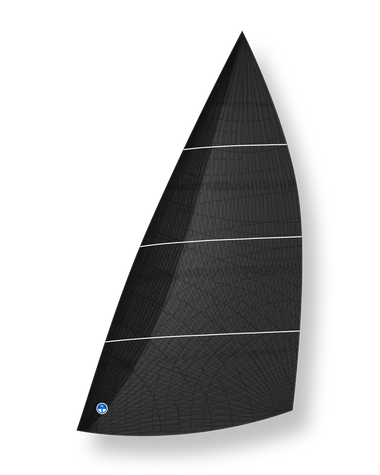

Optimized for 55° AWA
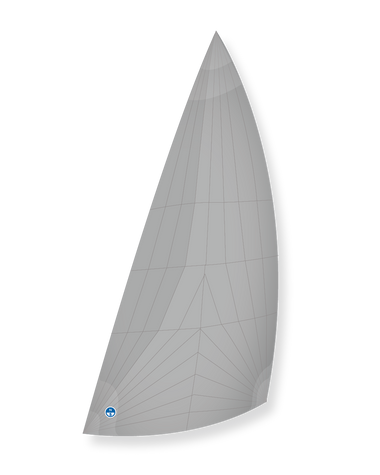

Free-Flying Asymmetric Gennaker
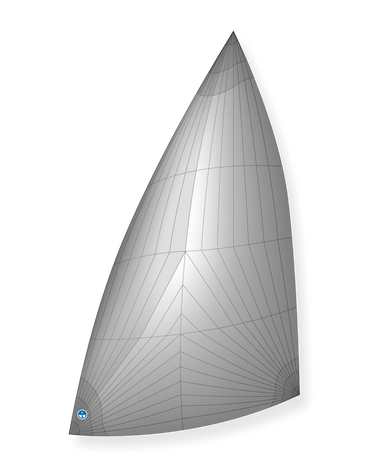

Reliable Top-Down Furling
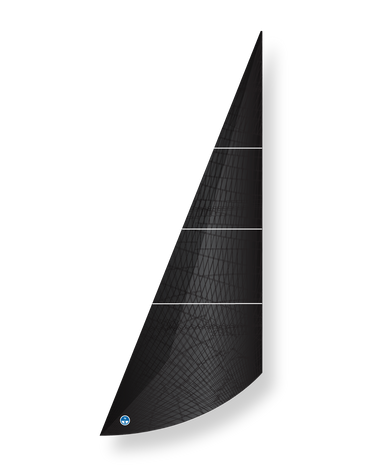

Optimized for the tightest angles
FLYING SAIL TYPES GLOSSARY
HELIX CODE 75
The Helix Code 75 is a free-flying sail, positioned between a genoa and an asymmetric spinnaker. Optimized for a 55-degree apparent wind angle, the Helix Code 75 is tacked off the bowsprit and is typically used for sailing close to the wind in light air. This sail can be designed to comply with IRC rules as a spinnaker or as a flying sail.
HLEIX CODE 65
The Helix Code 65 is a versatile free-flying sail designed for fast reaching. Optimized for a 45-degree apparent wind angle, the Helix Code 65 is tacked off the bowsprit and is an ideal sail for offshore racing, multihull sailing, and performance cruising.
HELIX CODE 55
The Helix Code 55 is a free-flying sail with a highly efficient aspect ratio. This sail is tacked off the bowsprit and optimized for a 35-degree apparent wind speed, making it an ideal Code sail for offshore racing, multihull sailing, and performance cruising.
HELIX CODE 50
The Helix Code 50 is a free-flying Genoa, ideally suited for high-performance ocean racing yachts such as IMOCA and Ultime Trimaran. This specialized Helix sail is optimized for a 30-degree apparent wind angle and is engineered for high luff loads.
HELIX J-ZERO
The Helix J-Zero is a specialist free-flying jib engineered to be as close as possible to an upwind sail. This sail, flown off a bowsprit and sheeted to a jib track, is optimized for the tightest angles.
HELIX FURLING GENNAKER
This is a G1-style Cruising Gennaker featuring the Helix Luff Structure and a purpose-engineered luff cord, enabling a new generation of reliable top-down furling for cruisers. With various materials, a Helix Furling Gennaker is customized to boat size, from family cruiser to superyacht.
HELIX CRUISING G-ZERO
The Helix Cruising G-Zero is a free-flying, asymmetric gennaker for close reaching. This light-air cruising sail is tacked to the bow or sprit and does not require a spinnaker pole, special hardware, or rigging. The Helix Cruising G-Zero is compatible with North Snuffer Plus™ or internal luff rope top-down or bottom-up furlers.
